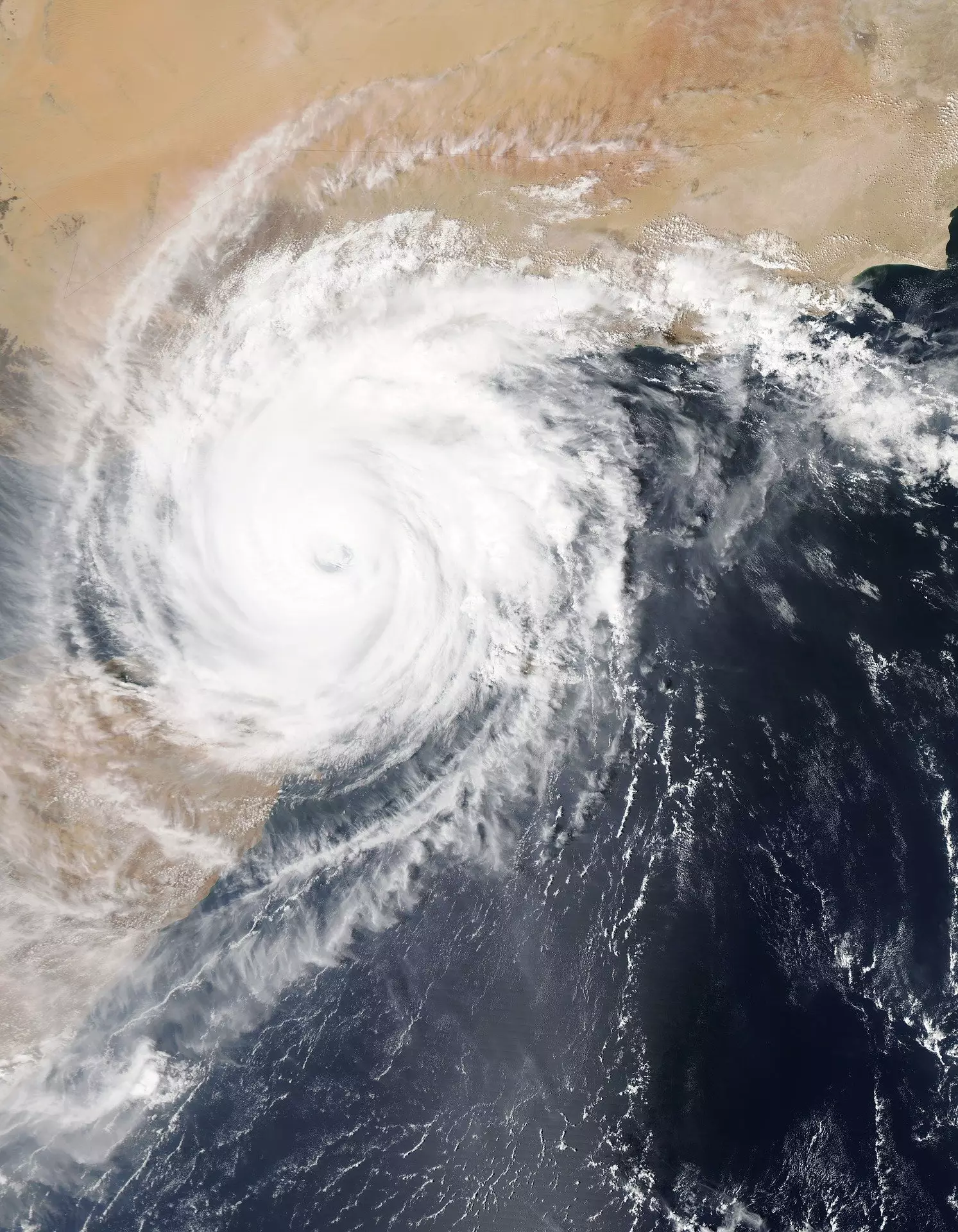Predicting the path and intensity of tropical cyclones is crucial for ensuring the safety of communities in their trajectory. However, the current forecasting limit of five days presents challenges in early preparation and evacuation efforts. Traditional physics-based models like the Weather Research and Forecasting (WRF) Model have limitations in capturing the dynamic environmental factors that influence storm behavior, while machine learning models like Pangu-Weather lack the resolution to detect smaller-scale variability within developing storms.
In a recent study published in the Journal of Geophysical Research, researchers proposed a hybrid model that combines the strengths of both physics-based and machine learning models for tropical cyclone forecasting. By integrating the high resolution and accuracy of the WRF Model with the large-scale circulation and storm path modeling capabilities of Pangu-Weather, the researchers aimed to extend the lead time for predicting tropical cyclones to two weeks.
To test the effectiveness of their hybrid modeling approach, the researchers conducted six experiments over a two-week period, focusing on the case study of 2023’s tropical cyclone Freddy. By adjusting their models and refining their techniques, they were able to significantly improve the tracking and intensity forecasts compared to using a single modeling method. The hybrid approach not only extended the accurate predictions from five to seven days but also closely matched the path and intensity of Freddy for the entire two-week period.
The results of this study are promising for enhancing tropical cyclone prediction and providing communities with more lead time to prepare for impending storms. By extending the warning time to beyond two weeks, at-risk communities can better organize evacuation plans, allocate resources, and mitigate the impact of major storms. Further testing and validation on a broader range of tropical cyclone cases will be essential to refine and improve the hybrid modeling approach for long-range forecasting.
The development of hybrid models that integrate the strengths of physics-based and machine learning approaches represents a significant advancement in tropical cyclone prediction. By overcoming the limitations of traditional forecasting methods, the potential to extend warning time to two weeks holds great promise for enhancing disaster preparedness and resilience in vulnerable regions. Continuing research and innovation in this area will be critical for advancing the science of tropical cyclone forecasting and improving the safety of communities in the face of extreme weather events.

